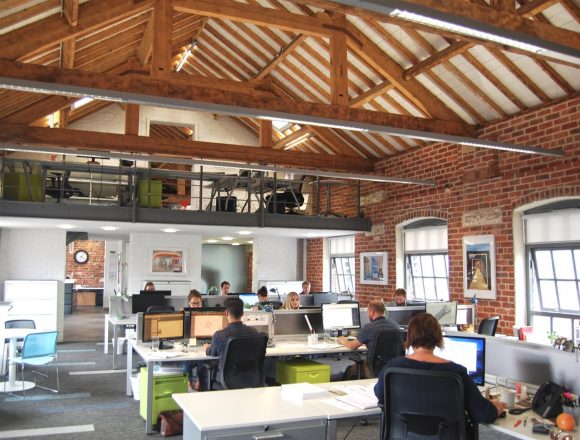Box Architects CEO Graham Place says architecture should always be built on a fundamental principle of improving people’s lives
“I’m often asked about the phrase that appears at the top of the Box Architects website, and on our business cards and presentations. What does ‘Commercial, creative delivery’ mean?
To some people, the words might seem unnecessary. As architects, we’re expected to be creative; right-side brain people, with a passion for the imaginative and the unique. We also have a reputation for helping clients achieve their long-term commercial objectives. As for ‘delivery’, you might think that would be even more obvious. And yet, it is one of the most differentiating qualities we possess as a firm, and deserves highlighting in its own right.
As we enter the architectural award season, I’m conscious that we’re showcasing a series of very practical recent projects on our website and in the latest edition of our newsletter. These are perhaps far removed from the type of projects that will be presented in Paris or Chicago, or at the Venice Biennale of Architecture, but are nevertheless worthy of mention.
For me, being an architect isn’t about ego and awards, but is based on a fundamental principle of improving the quality of the environments where people live. Winston Churchill once said, ‘we shape our buildings, and then they shape us’. At Box, we’re focused on how people interact with the buildings we design; whether they’re the clients, occupants, passers-by, neighbours, maintenance staff… even the postman.
Buildings can look good, but they also need to have a positive impact on people’s lives – and if they don’t deliver on that level, then you have to question their true value to the client and, ultimately, to society.
Many architects will push themselves creatively and not worry too much about how their vision is delivered. That’s the front end, and it’s an undoubted skill. But as an industry, we also need specialists who focus on the ‘back end’. Using modular classrooms to replace dilapidated school accommodation, or ensuring that the wall sockets are at the correct height in retirement homes is just as part of modern architecture as designing an award-winning art gallery. It’s a bit like being a musician. The Weeknd might have a run of number one hits and perform at the Super Bowl, but there are many other musicians out there who provide the soundtracks to the TV shows or apps that make our experiences as viewers or users more rewarding every day.
This notion of delivery architects (as session musicians) isn’t new, and for years it has formed the basis of the design-and-build model of construction: the creative architect produces the concept, while the delivery architect is appointed by the contractor to take over and deal with the nitty-gritty. Although commonplace, this model can lead to a loss of knowledge and broken lines of communication during the handover.
More significantly, it means that the creative architect doesn’t develop the knowledge that can only come from implementation and delivery, and as a result, doesn’t gain the skillset to make the ongoing practical improvements that, in turn, improve people’s lives.
Yes, extracting the client’s vision and then turning it into reality requires different skills, but putting ‘creative delivery’ in the hands of the same team is something we believe in very strongly here at Box. It means working with clients to unlock the potential (and identify the risks) of a development site even before its bought, and bringing planners and the local community onboard with the design. At the other end of the process, it’s about understanding the sequencing and timing of construction to deliver a project that’s affordable and on time, while still achieving the client’s vision.
Ultimately, it’s about aligning that quality of thought with attention to detail… and ensuring that creativity and delivery work hand in hand. In other words, Commercial, creative delivery.”
“For me, being an architect isn’t about ego and awards, but is based on a fundamental principle of improving the quality of the environments where people live.”
Graham Place, CEO, Box Architects
